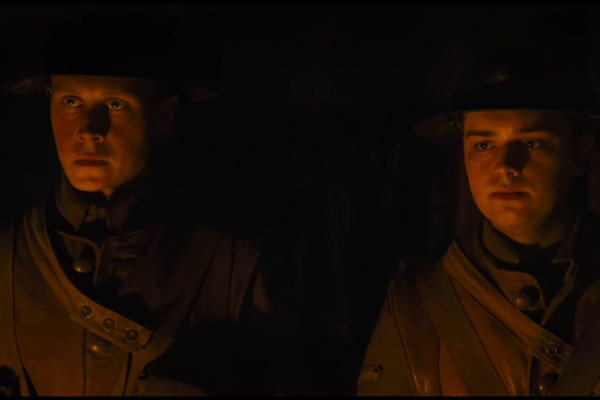Dec 17, 2019
That damage of war has been put on full display in films before, leaving many audiences wondering about the purpose of war films. Many films often placed strictly into the categories of being anti-war or glorifying war but 1917 evades easily falling into either category. When addressing this categorization, screenwriter Krysty Wilson-Caines made sure to note that she had no desire to glorify war.
Read the Full Article

Already a subscriber? Login
